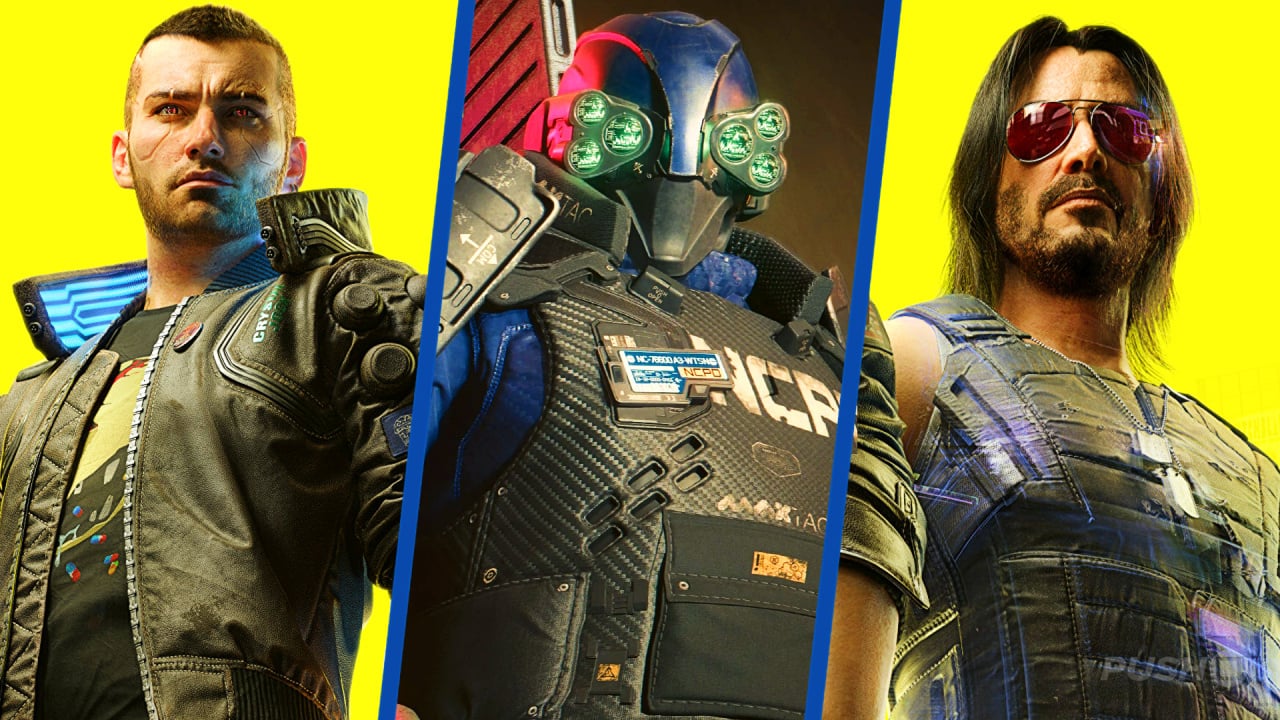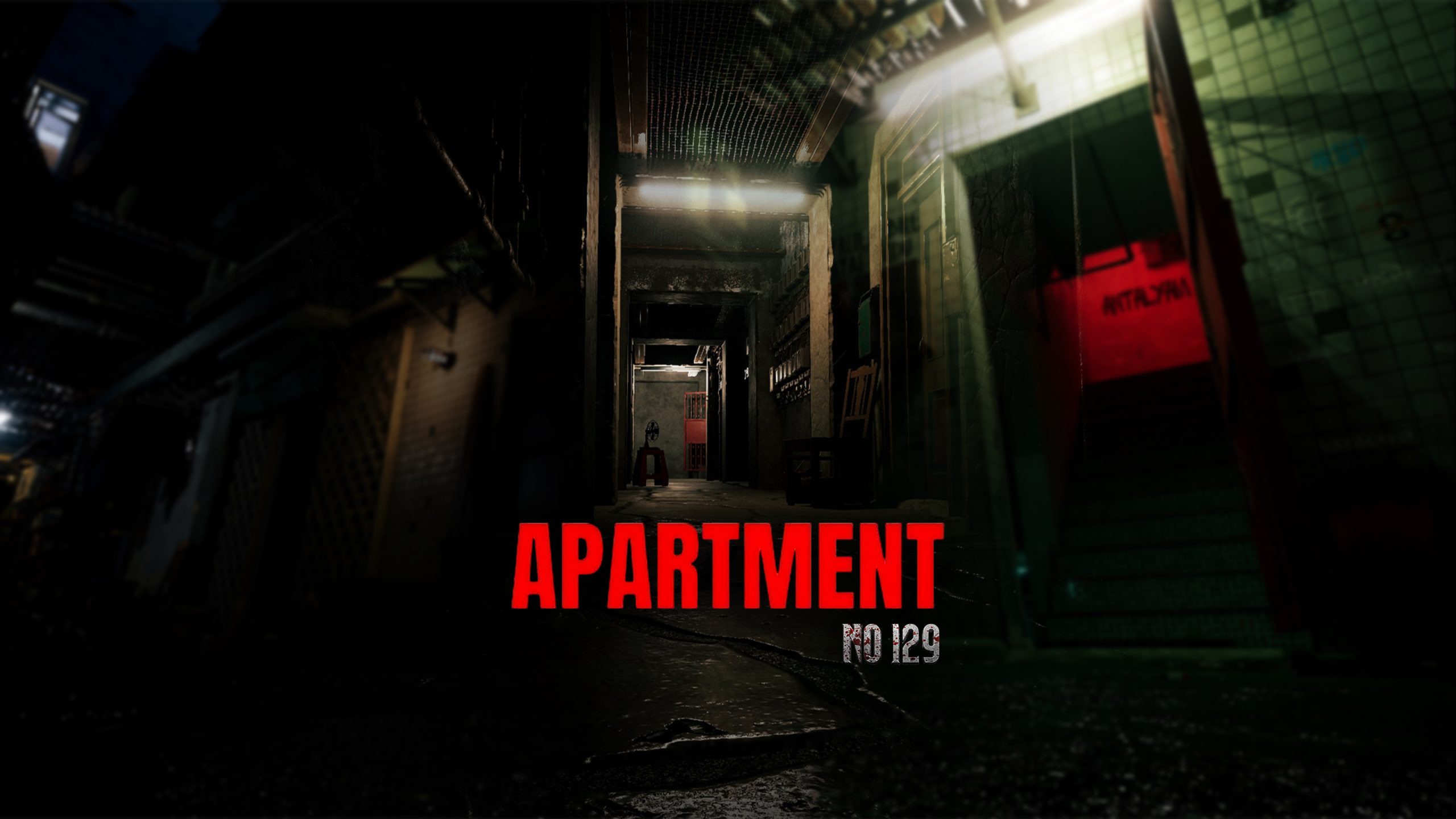Cyberpunk 2077 has come a long, long, long way since we gave the initial PS4 version the most disappointing 3/10 review this website has ever seen back in 2020. We’d go as far to say it’s been a great game since its release on PS5, and now, having spent over 50 hours with the title’s highly anticipated 2.0 update (prior to its public launch on the 21st September, 2023), we’re confident in calling it an excellent open world experience. This really is a game-changing patch that significantly improves Cyberpunk 2077 as a whole.
Moment-to-moment gameplay has been given the most impressive overhaul. We always enjoyed the title’s crunchy, bloody brand of action, but it could definitely feel a bit sloppy at times, with loose controls and a degree of jank holding it back. With 2.0, the screws have been noticeably tightened. Movement is more precise, and aiming has a much better snap to it. This is obviously something that’s hard to explain in writing, but the game just feels… firm.
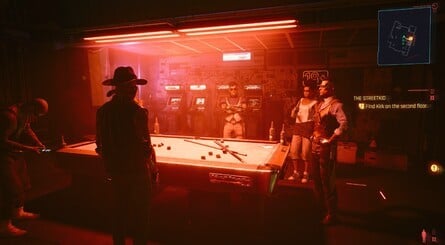



Combat is now powered by completely reworked skill trees, which are split between major abilities and minor perks. The idea is that the abilities fundamentally shape how you play, while perks bolster their parent abilities under the hood, with stat modifiers and additional effects. For example, the Body tree has an incredibly fun ability that lets you pick weakened enemies up, hold them over your head, and then fling them with enough force that they explode on impact with a hard surface. That’s a character-defining trait, right there.
On the other end of the spectrum, there’s an ability that allows netrunners to queue hacks on a singular target, utterly overwhelming them in an instant. Another ability replaces your standard dodge with a blistering dash, which immediately makes you a mobility monster (and it gets even crazier if you unlock the aerial dash on top). And we need to mention the ability that lets you deflect bullets with a katana, potentially sending them back to the shooter if your timing is on point. Glorious.
In a way, the skill trees have been streamlined, but the sense of progression is massively enhanced. Every spent skill point has a clear effect on how you operate, and that’s all-important in a game where character progression is key. The process of levelling up and building your ideal merc is now truly rewarding.

Enemy AI has been adjusted as well, but mileage can vary. Broadly speaking, your opponents seem to have more defined roles during battle, and their AI tweaks will better reflect this. Heavy shotgunners and mantis blade-wielding psychos will unsurprisingly rush your position, while lesser foes equipped with simple pistols or cheap rifles will sit behind cover, spraying and praying. Fights do feel more dynamic as a result, but taking advantage of the AI’s bad habits is still a definite possibility.
Enemies will still funnel themselves through doorways, one by one, practically begging to be headshot. And if you’re playing stealthy, suspicious guards can still slowly walk around in circles, as if they’ve got a big ‘Please Strangle Me’ sign pinned to their back. But, overall, we’re looking at a win for Cyberpunk 2077’s AI — and the improvements appear to cover non-hostile NPCs as well, who are now much more reactive to violence and nearby gunfights.
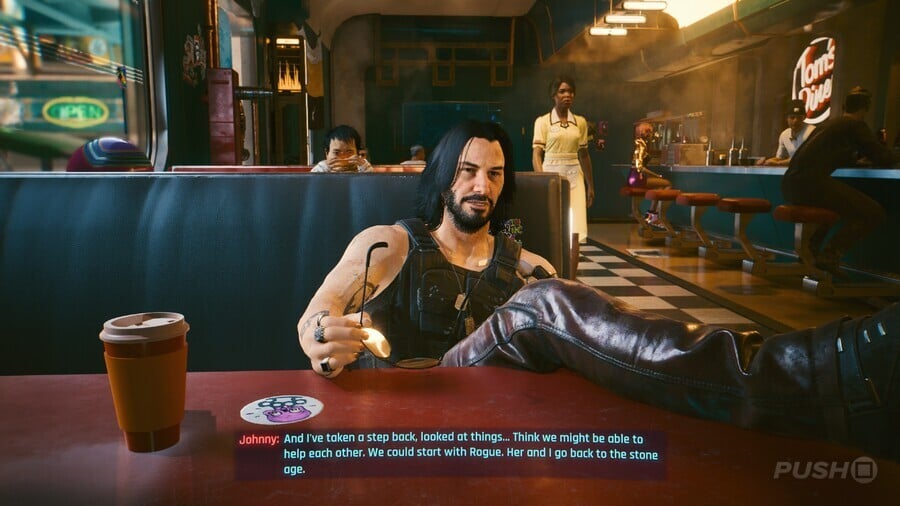
Everything we’ve mentioned so far contributes to a dramatic shift in gameplay balance. While breaking the difficulty curve in half was fun prior to 2.0, the overriding feel here is that CD Projekt Red has seriously reduced the potential gap in power between V and your enemies. As such, there’s a much greater emphasis on skill-based gameplay, with effective use of your key abilities playing a huge role in whether you walk away from an encounter unscathed. In short, it’s less about the numbers, and more about your moment-to-moment gameplay decisions and underlying character build.
Does that mean update 2.0 has made Cyberpunk 2077 less of an RPG? Well, maybe, if stacking far too many otherwise meaningless numbers is indeed what makes an RPG. The game does have more of an open world action feel to it now, but again, the focus on genuinely impactful abilities strengthens concepts like unique character builds — and that’s a very positive RPG perspective. CDPR said that one of its goals with 2.0 was to highlight player expression through gameplay, and we think the team’s absolutely nailed it through a combination of new skill trees and rebalanced combat.




Moving on, let’s talk about loot, glorious loot. If you’re familiar with 2077’s loot system, you’ll know that it’s a bit of a mess. Every enemy drops at least one weapon when they’re zeroed, leading to battlefields that are coated in green, blue, and purple icons. You then spend minutes at a time sorting through all the crap in the hope that you’ll find a slightly better revolver than the one you’ve had equipped for the past 15 hours.
2.0 makes it so loot is much more meaningful. Foes still drop their weapons, but most are now classed as ‘broken’ — junk items with no stats that can’t be equipped — which immediately solves the game’s severe case of loot diarrhea. Meanwhile, the gear that you can make use of is clearly defined in terms of rarity and effectiveness; you can now identify a weapon’s strengths and weaknesses at a glance thanks to a reworked and streamlined user interface on the inventory screen.
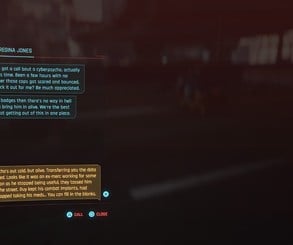

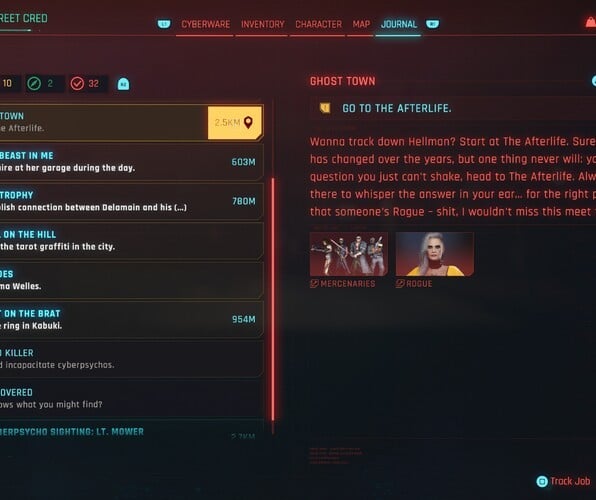
Speaking of UI, 2.0 features a near total overhaul of numerous in-game menus — not just the aforementioned skill trees. The game’s most cluttered and fiddly screens — the job journal and phone menu — have been completely redone. The journal has actual tabs and clearly marked objectives, while the phone is no longer an absolute nightmare to navigate. Messages are properly listed as read and unread, while job-related replies pop up at the top of the screen for easy access. Small changes in the grand scheme of things, but they really do add up, contributing to a game that finally feels polished — impressively so, at times.
And then there’s the car combat. This, along with the new police system, gives Night City an entirely new vibe, where vehicle violence can occur dynamically, and cops actually respond appropriately to your wanton destruction. Car combat is simply a case of being able to draw a one-handed gun while driving, and taking aim at your aggressors (or victims). An auto-targeting system can be toggled on and off in the options menu if you need a bit of assistance in aiming while you try to stay on the road, and some vehicles come readily equipped with straight-shooting gatling guns and even missile launchers.
Now, the base game doesn’t really utilise car combat outside of random events while traversing the open world, but from what we understand, upcoming expansion Phantom Liberty will provide you with a lot more opportunities for vehicular chaos.




But of course, if you’re trying to find your own fun in tearing Night City’s roads to shreds, the police will have no choice but to step in. 2077’s always had a police system in place, but to call it half-baked would be a laughable understatement. With 2.0, however, Night City’s law enforcers are finally organised. They’re still a bit stupid in that hiding behind a bin for 30 seconds can get you off the hook following a horrific massacre of innocents, but the system works.
Patrolling cops — who are now visible on your minimap, even when they’re not hostile — will investigate a disturbance, and if they find you, they’ll call for backup. Gun one of them down and they start taking you seriously, and if your rampage continues, it’s eventually a case of fending off armoured trucks full of armoured SWAT members. Still not dead? It’s MaxTac’s turn, as the chromed-out apex predators of Night City arrive on their own shuttle to deal with the “Omega Level” threat.
Honestly, trying to survive against waves of police, battling through streets and panicked traffic, is some of the most fun we’ve had with 2.0 so far — it’s like that scene in Heat but with thumping dark techno beats in the background. It really does feel like the cops employ a staggered, tactical approach, upping the tension bit by bit as you hold out. It’s a great way to put your character build to the test, especially when you’re at a high level.

We could drone on and on about the smaller tweaks hidden beneath 2.0’s headline features, but it’d take way too long to list every change that we’ve noticed. So, for the sake of brevity, we’ll quickly note some of the more intriguing adjustments that haven’t necessarily been touched upon in CDPR’s official materials:
- We think there’s more traffic on the roads of Night City, which could have something to do with the implementation of car combat and NPC AI improvements
- Some important character models have been improved with better facial details, Johnny Silverhand in particular
- Key boss fights have been adjusted to make them more unique (and potentially challenging)
- We found a few new weapons scattered about in main missions, and stumbled across a couple of iconic weapons we hadn’t seen before
- A large number of persistent bugs appear to have been fixed, including clipping and animation issues with some characters during story scenes
- Your equipped healing item is now infinite, but operates on a cooldown (and can be upgraded)
- Grenades are also infinite, but have a cooldown
- We noticed a lot of new clothing items, in many more colours than before
- There’s a lot of new cyberware which better represents the type of character build you’re going for
- MaxTac have been given a visual overhaul

And we think that’s about it. Needless to say, we’ve been left thoroughly impressed by update 2.0. While there’s no denying Cyberpunk 2077 should not have released when it did, and we shouldn’t have had to wait over two years for it to reach its current form, CDPR deserves a lot of praise for sticking to its guns and massively improving the experience on PS5. In 2.0, we’re left with what we think is leading title in the open world space; a viscerally satisfying, often engrossing RPG that’s better than ever — and by some distance.

